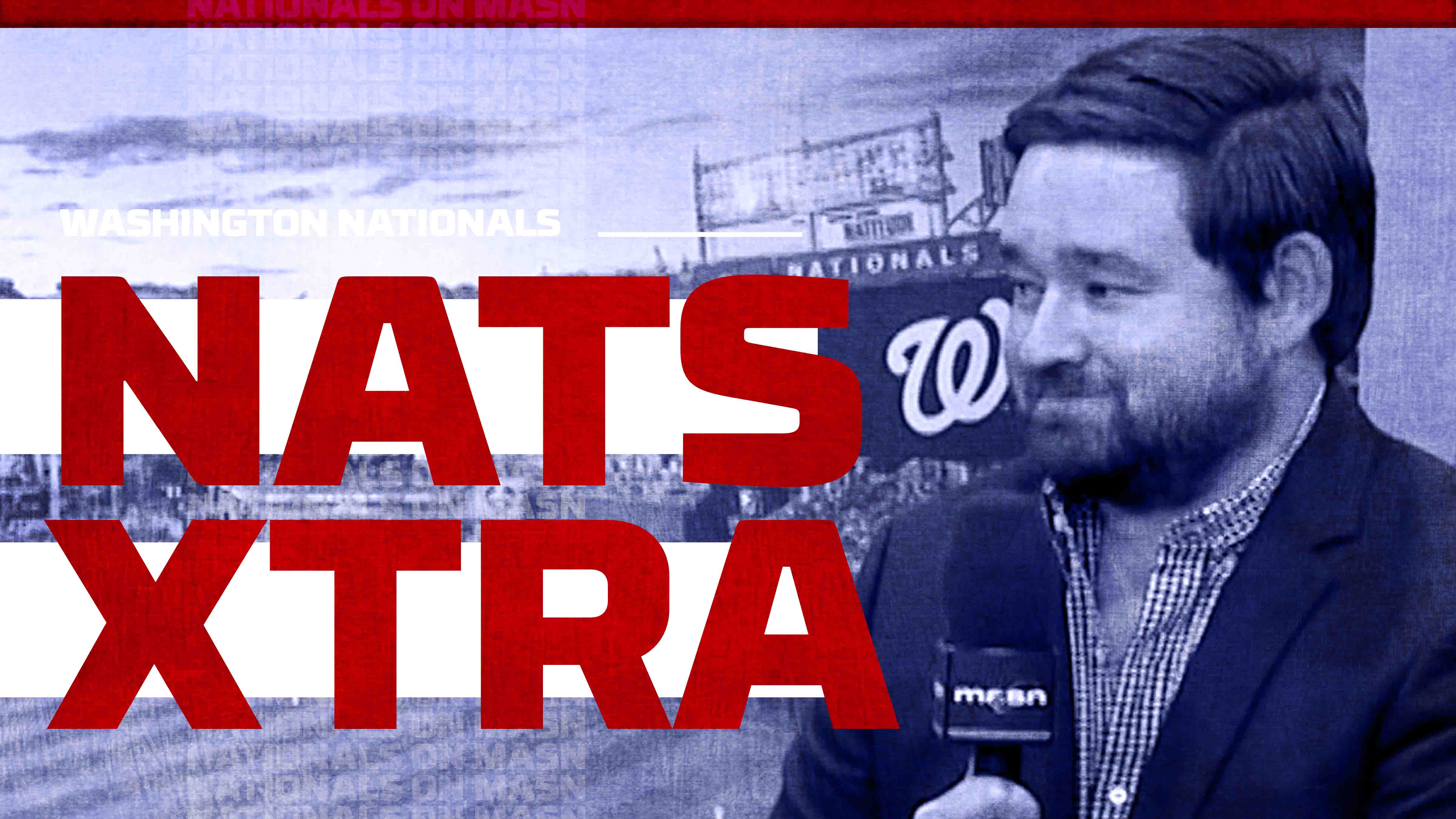MASN ALL ACCESS

Brandon Hyde after securing the series win in Anaheim

Zach Eflin after his return to the big leagues from IL

Maverick Handley after some more milestones in big leagues

Cody Asche on state of the offense before series finale against Angels

Tomoyuki Sugano on another successful outing

Gunnar Henderson after big performance against Angels in series opener

Brandon Hyde following a crucial Game 1 win against the Angels

Brandon Hyde at the start of three game set at Angel Stadium

Davey Martinez after tonight's loss

Andrew Chafin after Nats' loss

Nats try to bounce back on the road

Davey Martinez after Saturday's loss

Derek Law joins Dan Kolko on "Nats Xtra"

Bobby Blanco on Nats' pitching

Nats continue homestand vs. Cards | PNC Series Insight





-1745819772711.png)



